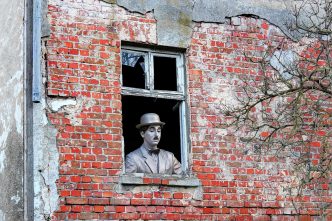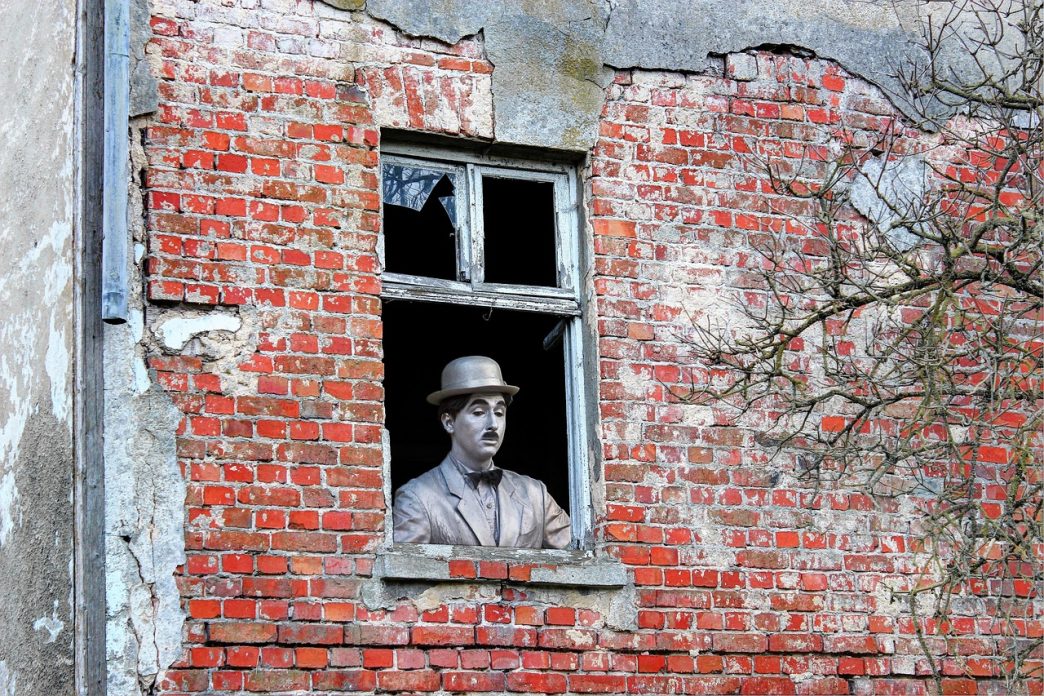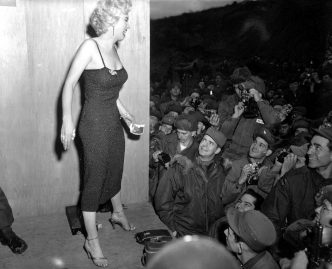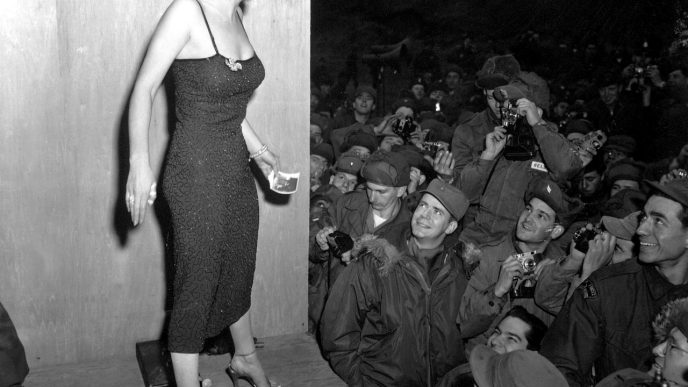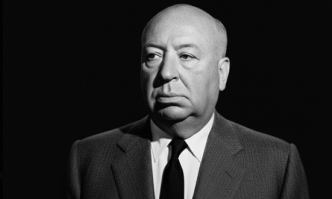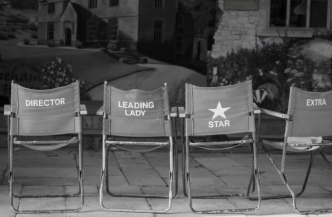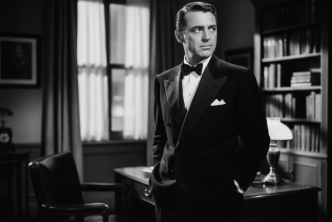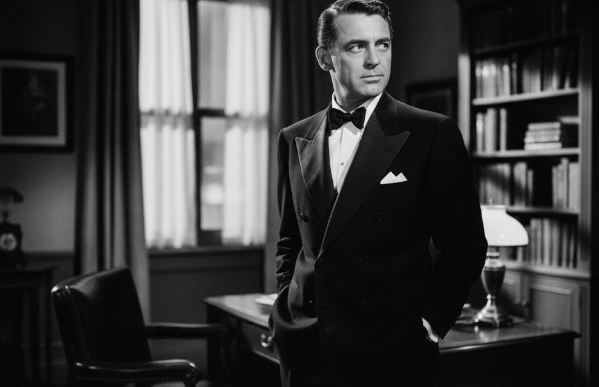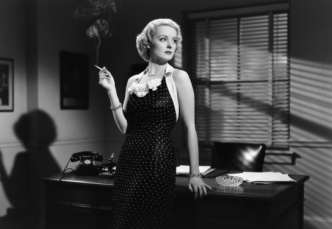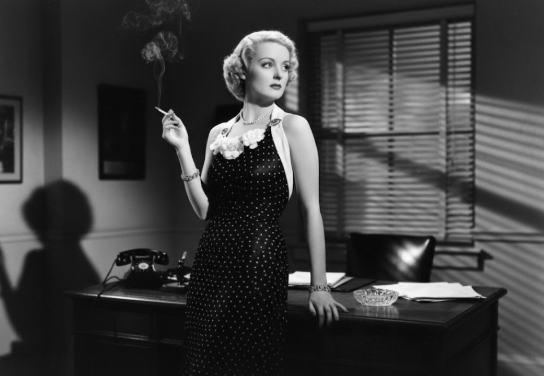For nearly two decades, Charlie Chaplin was the undisputed king of cinema, a global icon whose art needed no translation. His character, “The Tramp,” spoke a universal language of motion and pantomime that connected with audiences worldwide. The arrival of “talkies” in the late 1920s was not just a technological shift; it was an existential threat to Chaplin’s art form.
He feared that spoken dialogue would destroy the Tramp, grounding the universal character in a specific language and culture and slowing down the physical comedy that was his signature. Chaplin’s transition to sound was not a simple adoption of new technology, but a deliberate, artistic, and often defiant process. He first resisted, then satirized, and finally mastered the spoken word, bending it to his will to deliver one of the most powerful messages in film history.
An Act of Defiance: City Lights
By the time Chaplin began production on City Lights in 1928, the silent era was effectively over. Most studios had fully converted to sound, and making a silent film was a profound artistic and financial gamble. Chaplin, however, refused to let the Tramp speak. He saw City Lights (1931) as an act of defiance against the industry trend, a testament to the power of silent storytelling.
Technically, the film was a hybrid. While it had no spoken dialogue, Chaplin composed a full, synchronized musical score and integrated sound effects, which were printed directly onto the film strip. He used this new technology not to imitate reality, but to enhance his comedy and critique the “talkies.” In the film’s opening scene, city officials unveil a statue with speeches that are rendered as unintelligible kazoo-like noises. It was a brilliant satirical jab, suggesting that the new wave of dialogue-heavy films was little more than meaningless noise and that his art form remained superior.
The Machine Speaks: Modern Times
Five years later, with silent films all but extinct, Chaplin released Modern Times (1936). It was another deeply personal film that grappled with the dehumanizing effects of industrialization, a theme that mirrored his own anxieties about the “mechanization” of cinema by sound technology. In the film, human voices are almost exclusively heard through machines—factory television monitors, radios, and loudspeakers—while the workers remain silent. Sound, in Chaplin’s view, was the voice of an oppressive, modern world.
The film’s climax features one of the most famous moments in Chaplin’s career. Forced to sing in a restaurant, the Tramp loses his lyric sheet and improvises a song in complete gibberish. It was the first time audiences ever heard the Tramp’s voice, and it was a masterful compromise. He finally “spoke,” but in a nonsense language that preserved the character’s universality. The scene was Chaplin’s ultimate proof that emotion and comedy did not depend on intelligible words. It was also a farewell; the Tramp was never seen on screen again.
Finding a Voice: The Great Dictator
Chaplin knew that to confront the rising tide of fascism in Europe, silence was not enough. His first true sound film, The Great Dictator (1940), was a necessity. He needed a voice to directly challenge Adolf Hitler. The film’s genius lies in its dual structure: Chaplin plays both Adenoid Hynkel, the bombastic and ridiculous dictator of Tomainia, and a humble Jewish barber who is a clear stand-in for the Tramp.
For most of the film, the barber remains a quiet, gentle figure, reacting to the world with the familiar pantomime of his past. But in the final, unforgettable scene, the barber is mistaken for Hynkel and pushed before a microphone to address the nation. At this moment, Chaplin sheds the character entirely and speaks directly to the audience. He delivers a passionate, humanist plea for democracy, kindness, and universal brotherhood, using the very technology he once resisted to broadcast his most profound beliefs. He turns the tools of modern propaganda—the microphone and the radio—into instruments of hope, arguing that these inventions should be used not to divide, but to unite humanity.
Conclusion: A New Kind of Masterpiece
Charlie Chaplin’s journey with sound was a reflection of his own artistic integrity. He did not capitulate to industry trends but instead engaged with the new technology on his own terms, first with defiance, then with brilliant satire, and finally with profound purpose. His reluctance to speak was not a fear of the future, but a fierce protection of a universal art form he had perfected. When he finally did find his voice, he used it not for cheap laughs, but to deliver a timeless message of hope that continues to resonate today, proving he was a master of both the silent and the sound eras.

Dario Loce is the founder and editor of Celebrimous. He is a lifelong film enthusiast and the author of several locally-published books on cinema history and analysis. His passion is deconstructing the “how” and “why” of filmmaking, from the director’s vision to the editor’s cut. When not lost in a classic film, he’s usually walking through the city, replaying scenes in his mind like unfinished stories.
